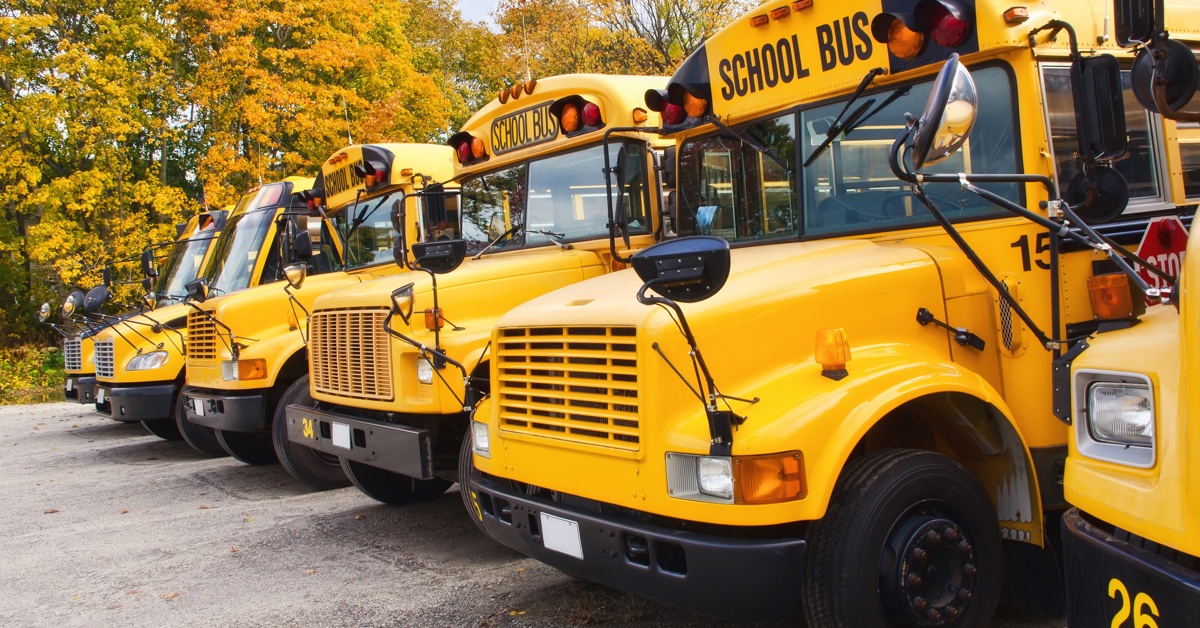
On October 22, 1999, 51 children and adults were injured in a school bus and dump truck collision at the intersection of Route 30A and Route 7 in Central Bridge, Schoharie County, New York. The tragic incident involved an extensive National Transportation Safety Board (NTSB) investigation. Our personal injury attorneys from Dreyer Boyajian LLP were appointed as lead counsel, successfully prosecuting and settling multiple lawsuits on behalf of the victims.
Both the school bus and dump truck are examples of “common carriers.”
Common carriers transport people or goods and owe a heightened duty of care to passengers and the public. Due to their substantial size and the nature of their cargo, common carriers are often involved in tragic accidents that can injure numerous individuals, like the incident above.
The following transport vehicles qualify as common carriers:
As a result of their heightened duty, common carriers must follow special safety regulations under New York and Federal law. The New York State Department of Transportation (DOT) and Federal Motor Carrier Safety Administration (FMCSA) have established strict regulations for common carrier vehicles to ensure the safety of their passengers and other passengers on the road.
For example, commercial drivers must obtain a special license known as a Commercial Driver License (CDL). To obtain a CDL, you must pass a written exam based on an in-depth informational manual, meet federal medical examination requirements, and pass a road test while demonstrating certain skills such as proper vehicle inspection.
You must have a CDL license to drive a tractor trailer, school bus, limousine, and similar vehicles. Additionally, common carrier vehicles must pass rigorous inspections before being allowed on the road and must meet numerous safety requirements.
The safety requirements cover several aspects of common carrier vehicle operation, such as:
Federal law also requires that certain commercial vehicles be equipped with an electronic logging device (ELD) that monitors driver hours behind the wheel, and may also record vehicle speed, acceleration, braking action, steering function and other performance data.
If you or a loved one is involved in a collision or accident with a common carrier, it is important to consult with an attorney knowledgeable in mass transit liability and to ensure the timely investigation of critical evidence and witnesses. At Dreyer Boyajian LLP, we are experienced in handling complex factual and legal issues involving common carrier liability.
Contact us online or call (518) 348-4133 to schedule a free consultation with one of our highly-qualified personal injury attorneys today.
Notifications